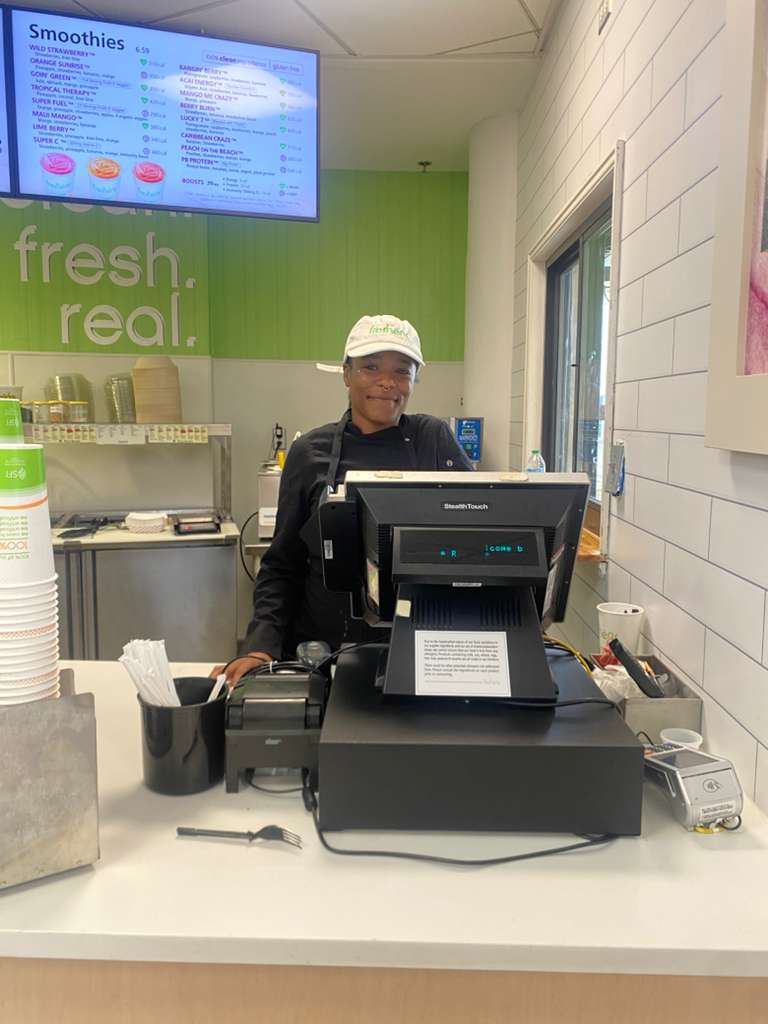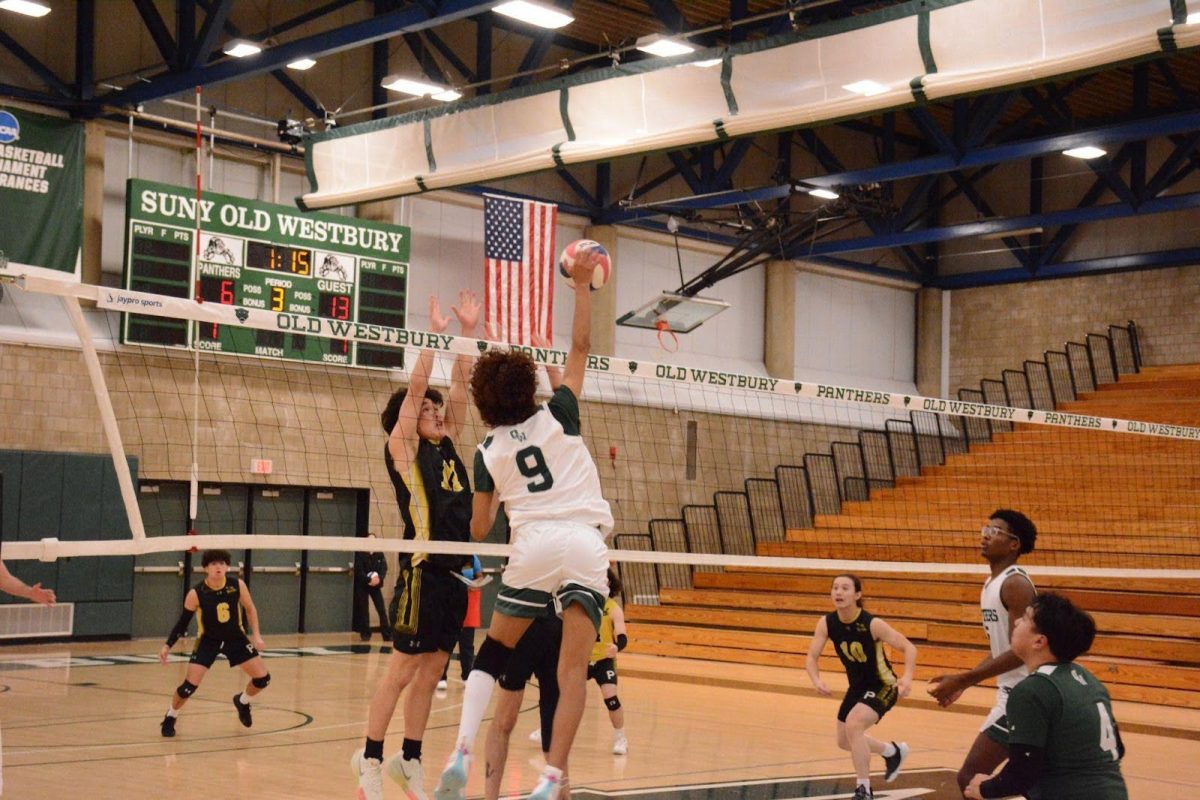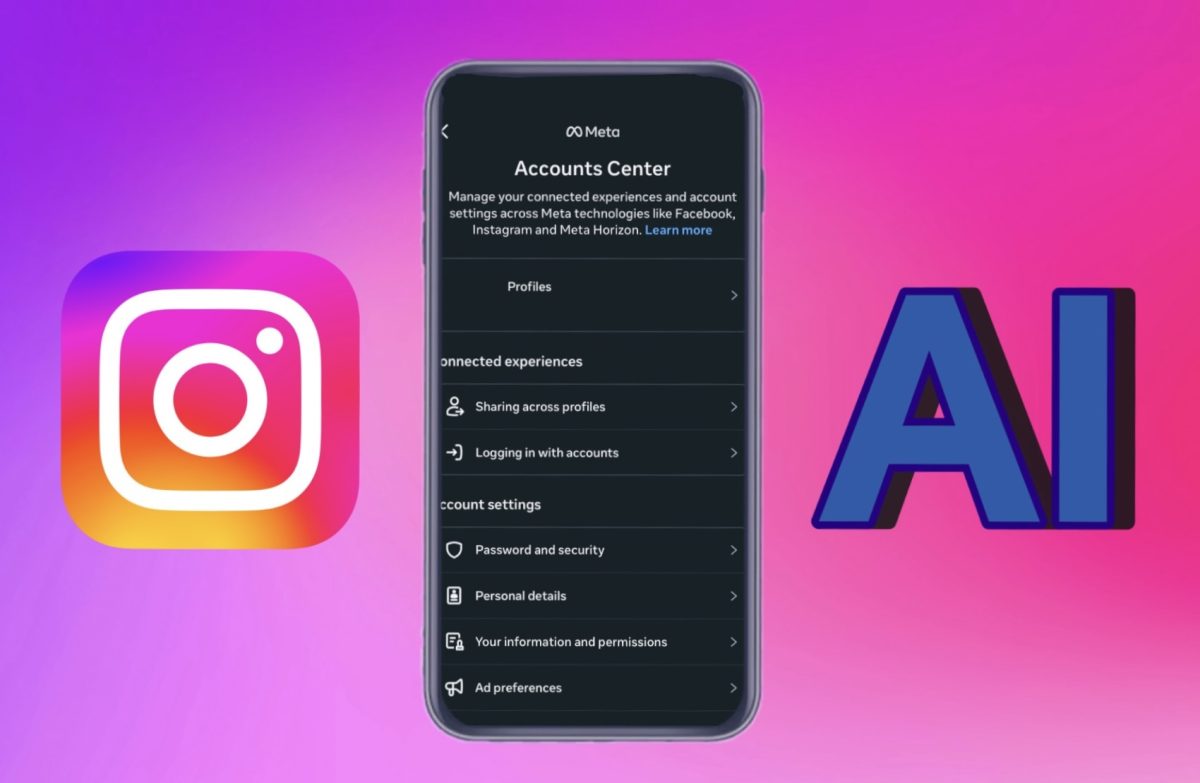Are Millennials Responsible for the Spread of Social Media Trends?
Social media allows instantaneous access to the ideas, beliefs, and values of others across the world. Some of these ideas then turn into viral trends that people mimic on various social media platforms. Many of these trends are attributed to millennials and young adults. These trends can range from innocent “Finstagram” accounts to harmful challenges such as the “Tide Pod Challenge.” Since these trends are seen by large amounts of people in a short amount of time, it’s important that they have a positive impact, especially on impressionable younger generations.
Alana Hutchings, a twenty-year-old Instagrammer with over 10,000 followers, recognizes the effects that social media trends have on the public. “It’s been unanticipated how powerful social media trends have become in recent years and how much conversation they’ve sparked in national media outlets,” she said. “Going forward as millennials we should be aware of the profound effects of media and support more meaningful movements.” Social media trends play a role in the advertising and marketing industries with advertisers trying to reach younger audiences via millennial trends.
One of many social media trends that millennials are usually associated with are Finstagrams. Finstagram (Finsta for short) is defined by Urban Dictionary as “a mixture of Fake & Instagram.” People, usually girls, get a second Instagram account along with their real Instagrams, or Rinstagrams, to post funny or embarrassing pictures and videos. Only your closest friends follow this account. This is different from a typical Instagram account because there is less effort required in each post. For example, when posting to a Finstagram one can take a picture using the Instagram camera and simply post it without hesitation or even putting a filter on the picture. Young people don’t have to worry that these posts will be seen by the public or future employers.
 Rhonda Elfiky, a college student at SUNY Buffalo, has had a Finstagram for about one year. She has used Instagram for years since the app first came out and enjoys how fun and lighthearted Finstagram is. “Finsta is such a big trend since social media nowadays is more of a news network rather than just your close friends,” she said. “Having just your close friends only see your posts means you can act like yourself and it’s nice to have that for a change.”
Rhonda Elfiky, a college student at SUNY Buffalo, has had a Finstagram for about one year. She has used Instagram for years since the app first came out and enjoys how fun and lighthearted Finstagram is. “Finsta is such a big trend since social media nowadays is more of a news network rather than just your close friends,” she said. “Having just your close friends only see your posts means you can act like yourself and it’s nice to have that for a change.”
A more dangerous social media trend is the Tide Pod Challenge. This challenge requires an individual to eat one of Tide’s popular laundry detergent pods. It is still unknown how the trend started, but it has gone viral on social media sites like Twitter and YouTube. This challenge has become so well-known that New York State lawmakers have proposed legislation that would require Tide to change the colorful packaging of their laundry detergent pods to be less colorful and look “less appetizing” to prevent teenagers from consuming them. Assemblywoman Aravella Simotas and State Sen. Brad Hoylman aim to further childproof Tide Pods in the state of New York.
Fake tweets purporting to be from Tide’s official twitter account were photoshopped by an unidentified source and have since gone viral much to Tide’s dismay:
 Tide has responded via a Twitter video.
Tide has responded via a Twitter video.
What should Tide PODs be used for? DOING LAUNDRY. Nothing else.
Eating a Tide POD is a BAD IDEA, and we asked our friend @robgronkowski to help explain. pic.twitter.com/0JnFdhnsWZ
— Tide (@tide) January 12, 2018
Tide used their own tweets and videos to try to manage the viral Tide Pod crisis. But it’s hard to out tweet the number of posts spreading this craze.
“Negative and harmful trends like the Tide Pod Challenge are unhealthy results of media crazes,” said Hutchings. “It is always concerning to realize that people your age will do something crazy for social media.”
Parents have previously been warned about the dangers that Tide Pods pose to young children. In 2013, the United States Consumer Product Safety Commission (CPSC) issued a press release warning parents to keep brightly colored Tide Pods away from their small children’s mouths. Now parents are being warned to keep these Tide Pods away from their teenagers mouths as well.
Questions still remain over whether these phenomenons are new trends, or are just being displayed to larger amounts of people via social media. Prior to the advent of the Internet and social media, teenagers and young adults would create trends within their groups of friends. These trends could then spread to more people, but didn’t have the nearly the same impact as a viral media craze can today.



























